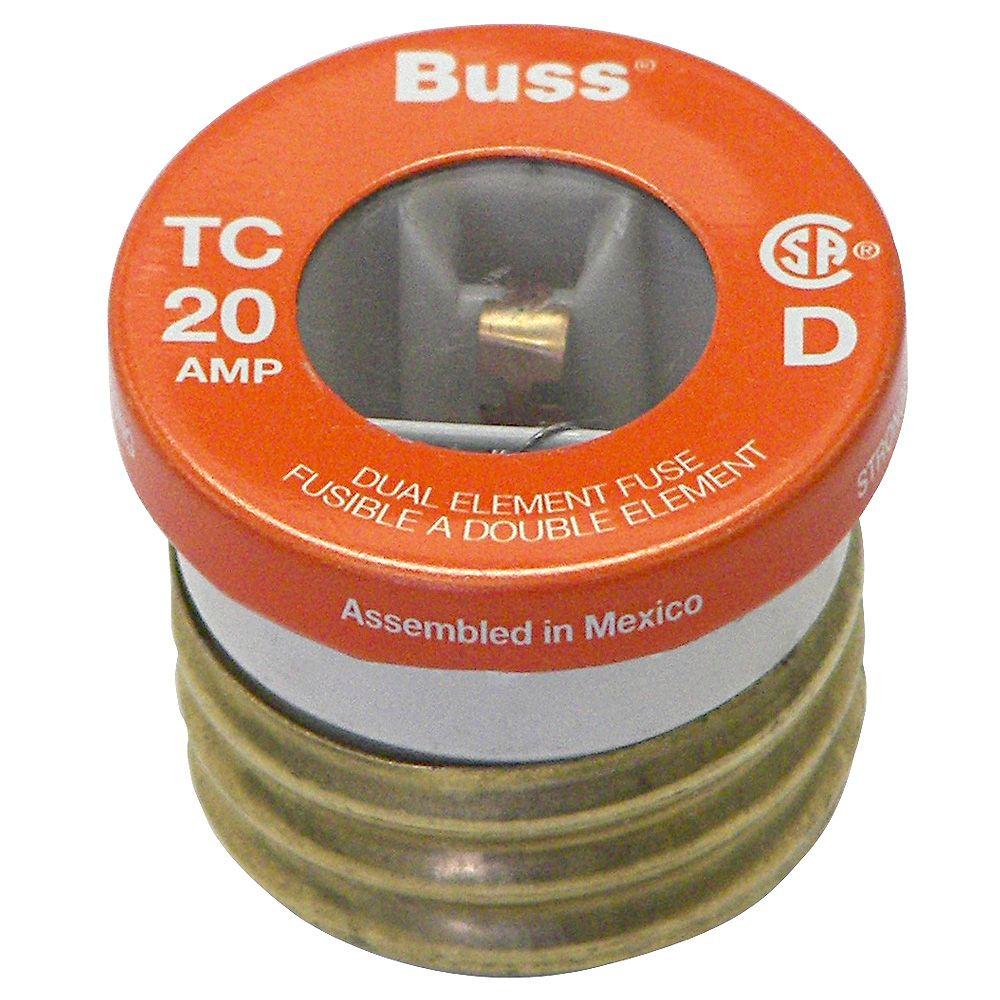
Start by adding up the wattage of all your appliances. Fortunately, this problem has a solution. You cannot compare the wattage rating of your appliances to the amp rating of a GFCI. You have to start by calculating the amount of electricity your appliances will use if you connect them all to the same GFCI. They are convinced that the amperage of the GFCI has to match the total amperage of the devices that GFCI will operate.įor people with this mindset, a method that can determine whether the total draw of all your appliances matches the amp rating of the GFCI: 1). and partselect.Do you need a GFCI receptacle for your home? If you do, what is the appropriate amperage to get? Does it make sense to add a 20-amp GFCI to a 15-amp circuit? What about a 15-amp GFCI on a 20-amp circuit? What would happen if you got that decision wrong? How Do I Know If I Need A 15 Amp or 20 Amp GFCI?įor many people, their selection of a GFCI is determined by the types of devices and appliances they want to operate.

Some have parts diagrams that show the layout of the microwave oven e.g. To find replacement switches (if one is faulty) search online for (insert make and model number of microwave oven) parts to find suppliers that suit you best. If you have only ever opened the door after the oven has stopped operating or have paused it using the control panel, then it may just be a loose switch not correctly operating and releasing.

Doing this will cause the switch contacts to arc and this eventually causes contact migration which means that the switch contacts become permanently welded together instead of opening and closing. However it is not a good habit to get into. (With the door closed the oven becomes a Faraday cage). Opening the door whilst the oven is still working, will stop the oven operating as it is a safety feature designed to prevent harmful microwave radiation from escaping out through the open door. They are operated by the latch arms on the door. Two that close when the door is shut and one that opens when the door is shut. With a lot of microwave ovens there are 3 separate door interlock switches. If so there may be a problem with one of the door interlock switch contacts remaining closed when it should be open, when the door is opened. Have you been stopping the oven from operating by simply opening the door and not pausing the operation using the control panel, by any chance? What is the model number of the microwave oven?
#20 amp fuse how to
If you don’t know how to safely test microwave oven circuits then don’t do it! Contact a reputable, professional appliance repair service and ask for a quote The HV capacitor needs to be correctly discharged as soon as it is accessible after removing the cover from the microwave and before doing anything else inside the oven. This amount of voltage can seriously injure you or worse.
The HV capacitor can store >6000V DC for months even if the power has been disconnected for this length of time. The oven would need to be tested to find out why it happened.īe safety aware when working inside a microwave oven. It also may be somewhere else and it was just coincidental that it occurred when you did this. blow and therefore protect the appliance from further damage due to the fault and also the user e.g. If you caused it by pushing on the control panel then it seems that the problem may be there and that there is not a problem with the fuse as it was only doing what it was designed to do i.e. It is usually marked on the fuse end caps as 250V T20A (T = Timed or slow blow)īe aware that there is always a reason why a fuse blows. Although ceramic fuses do offer better thermal and arc protection than glass fuses which is why they’re used in microwave ovens and other high current appliances. Generally with fuses as long as you replace it with a fuse having the same rating it is OK to do so.


 0 kommentar(er)
0 kommentar(er)
